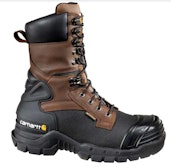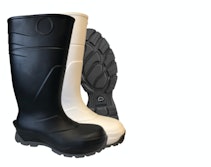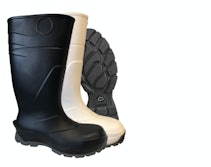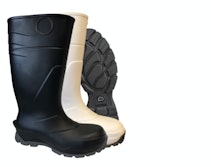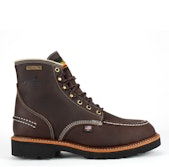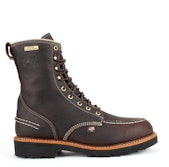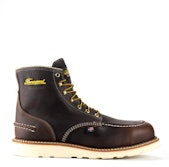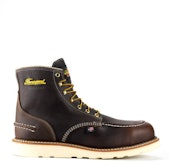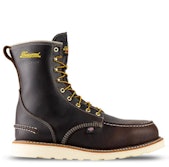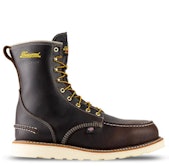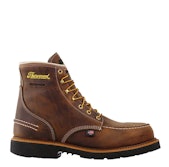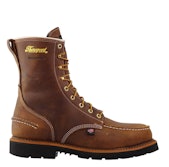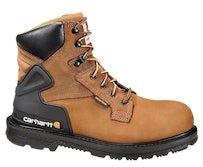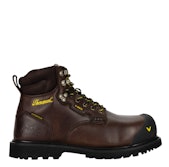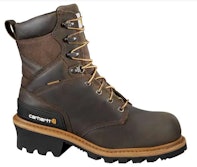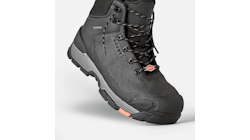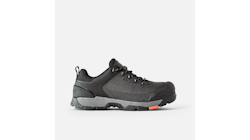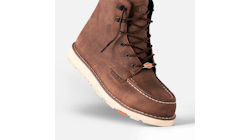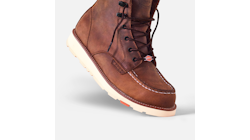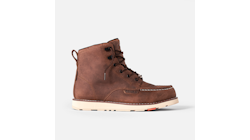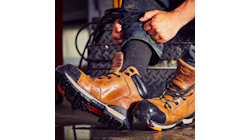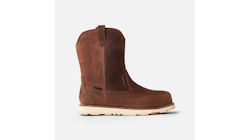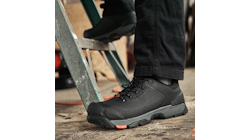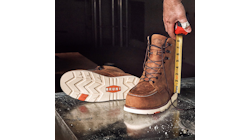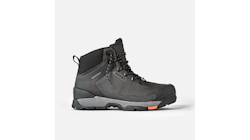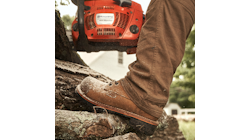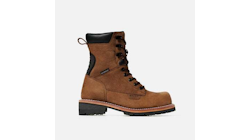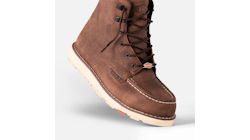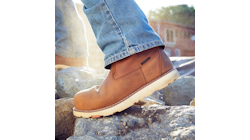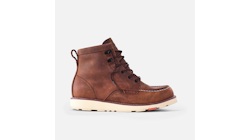Boots
In the demanding world of construction, where every step can be a potential hazard, the right pair of work boots is more than just footwear—it's a critical piece of personal protective equipment (PPE). This comprehensive guide will take you on a journey through the world of construction work boots, exploring their importance, the features that matter, and tips for choosing the perfect pair to keep you safe and comfortable on the job site.
In the demanding world of construction, where every step can be a potential hazard, the right pair of work boots is more than just footwear—it's a critical piece of personal protective equipment (PPE). This comprehensive guide will take you on a journey through the world of construction work boots, exploring their importance, the features that matter, and tips for choosing the perfect pair to keep you safe and comfortable on the job site.
The Importance of Construction Work Boots:
- Safety First: The primary purpose of construction work boots is to protect the feet from a myriad of potential hazards on the job site. From heavy objects and sharp materials to electrical dangers and uneven terrain, these boots act as a shield for one of the most vulnerable parts of the body.
- Compliance and Regulations: Many workplace safety regulations require the use of appropriate footwear, including construction work boots, on job sites. Adhering to these regulations is not only a legal requirement but also a practical step to ensure the well-being of workers.
- Comfort and Support: Construction work often involves long hours on your feet, and discomfort can lead to fatigue and decreased productivity. Quality work boots provide the necessary support and cushioning to keep workers comfortable throughout their shifts.
Key Features of Construction Work Boots:
- Safety Toe Cap: Steel, composite, or aluminum toe caps provide protection against impact and compression. They are a crucial feature for workers handling heavy materials or working in areas where foot injuries are a risk.
- Sole Construction: The sole of the boot plays a vital role in providing traction and stability. Slip-resistant and oil-resistant soles are essential for navigating slippery surfaces commonly found on construction sites.
- Electrical Hazard Protection: For those working with electricity or in environments with electrical hazards, boots with electrical hazard protection are a must. These boots are designed to reduce the risk of electric shock.
- Waterproofing: Construction work is often carried out in various weather conditions. Waterproof or water-resistant boots help keep feet dry and comfortable, preventing issues like trench foot and other moisture-related problems.
- Insulation: In cold climates, insulated work boots help keep feet warm. Thinsulate and other insulation materials provide warmth without adding unnecessary bulk to the boots.
- Arch Support and Cushioning: Adequate arch support and cushioning contribute to overall foot comfort, reducing fatigue during long workdays. Look for boots with removable insoles for customization.
Choosing the Right Construction Work Boots:
- Assessing Job Site Hazards: Different construction tasks present varying risks to the feet. Assess the specific hazards on your job site to determine the required safety features in your work boots.
- Comfort and Fit: Comfort is key to productivity. Ensure that your work boots fit well, provide ample support, and do not cause discomfort, blisters, or pressure points.
- Material and Durability: Leather is a popular choice for construction work boots due to its durability, water-resistant properties, and ability to withstand tough conditions. Consider the durability of the materials used in the boots for long-lasting performance.
- Weight: While durability is essential, heavy boots can contribute to fatigue. Strike a balance between durability and weight, especially if your job involves a significant amount of walking or climbing.
- Brand Reputation: Research and choose reputable brands known for producing high-quality construction work boots. Reading reviews and seeking recommendations can help you make an informed decision.
Tips for Maintenance and Care:
- Regular Cleaning: Clean your work boots regularly to remove dirt, mud, and other debris. This not only keeps them looking good but also prevents premature wear.
- Conditioning: Apply a suitable leather conditioner to maintain the flexibility and water-resistant properties of the leather. This is particularly important for those working in wet or humid conditions.
- Inspect for Damage:Regularly inspect your work boots for any signs of wear, damage, or deterioration. Promptly replace boots that no longer provide adequate protection.
- Resole if Needed:In some cases, the upper part of the work boot may still be in good condition while the sole shows signs of wear. Some boots are designed to be resoled, extending their lifespan.
Construction work boots are more than just a practical necessity—they are the foundation of safety and comfort on the job site. By understanding the importance of these boots, recognizing key features, and following guidelines for choosing, maintaining, and caring for them, workers can ensure their feet are well-protected in the challenging environments of the construction industry. From safety toe caps to slip-resistant soles, the right pair of construction work boots is an investment in both personal well-being and professional performance. So, lace up and step into a safer, more comfortable workday from the ground up.

